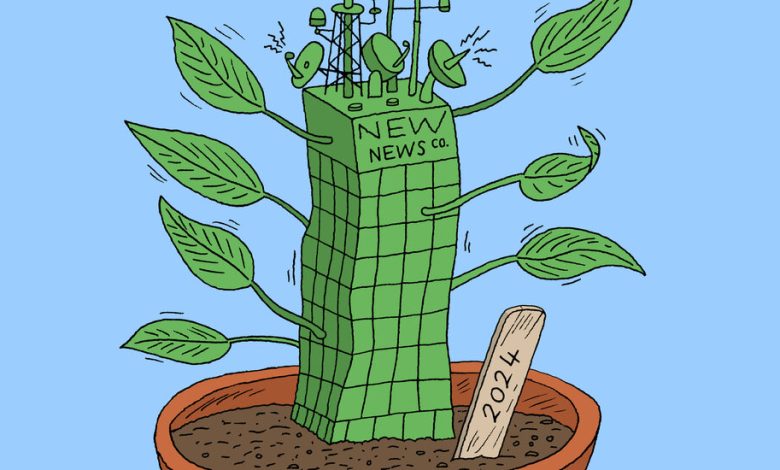Sprouts of Hope in a Gloomy Media Landscape

This year is looking grim for the news business.
Facing a set of harsh financial realities — resulting from a mix of news fatigue, an unsteady advertising market and a precipitous fall in traffic from tech giants — many outlets have been forced to fold or make significant cuts in recent months.
But there are some signs of hope. A small cohort of for-profit digital media companies that sprang up during the pandemic have found success — at least for the moment — by taking the opposite approach of many predecessors, such as BuzzFeed and Vice, which fatefully relied on huge amounts of investor money to prioritize growth.
The new class of news start-ups — Puck, Punchbowl News, The Ankler and Semafor are among the most prominent — have kept spending down and hired carefully. They are all centered on newsletters covering specific niches with broad appeal. They have attracted top journalists by putting them at the heart of the enterprise, sometimes as part owners in the companies.
“There was possibly a mismatch 10 or 15 years ago between funding structures and media companies,” said Jon Kelly, the co-founder and editor in chief of Puck, whose 14 reporters write about topics including politics, finance and media. “And I think that the entire industry has learned from that.”
These start-ups exemplify a shift in the conventional wisdom about how to make money in digital publishing. A decade or so ago, many venture capitalists and top media executives thought the then-rising class of digital start-ups might eventually dominate the industry. The big influx of investor money was put toward chasing the biggest audience possible.
But traffic from social media giants like Facebook and Twitter dropped, and the economics of digital ads didn’t add up. Predictions of supplanting traditional TV networks or sprawling print empires never came to pass. The most recent outlet to try this playbook, The Messenger, folded in January, fewer than nine months after it launched.
